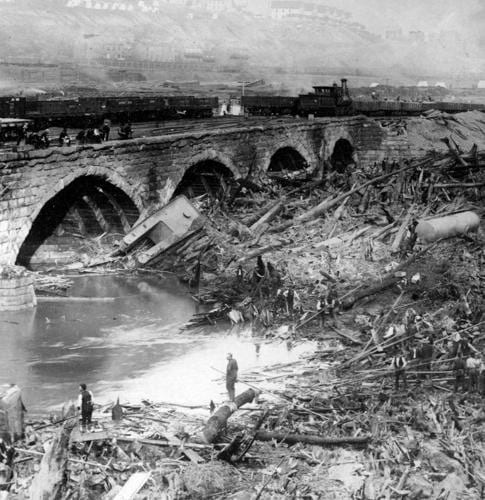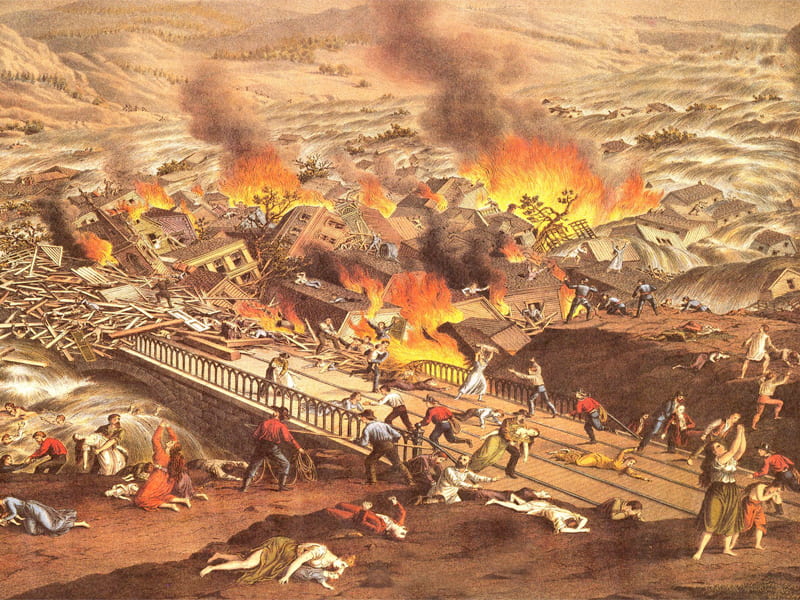The Soviet Union collapsed on December 26th, 1991. The previous decades had been spent modernizing the previously agrarian economy of Russia at a furious pace. I have always been interested into what exactly went on in the Soviet Union at the same time that our parents were growing up. Some of our grandparents may remember the Cold War at its height, when it was widely believed that the world could enter into nuclear war at any moment.
Compared to the United States of America, the average Soviet Citizen had a very low impact on the environment. An emphasis was placed on wasting as little as possible. This practice extended to the shelves of the Soviet grocery stores. For example, on the rare examples that mayonaise was available on the shelves, the containers were extremely small. In the Soviet thinking, it made more sense to provide small serving sizes of condiments while not putting any preservatives in them. The hope was for it to be consumed quickly, before it spoiled.

On the other hand, Soviet Industry had almost no regulations. The government’s primary objective was generating income and resources for the state, placing the health of its citizens and the environment at the bottom of the priority list. This is why post-Soviet cities seem so dreary and polluted, because they often continued whatever industry thrived during the Soviet era.
For example, the cities of Dzerzhinsk and Norilsk are notorious for their severe issues with pollution. In World War 2, the state decided that Dzerzhinsk would be the site for chemical weapons production, focusing on arsenic-based weapons, mustard gas, and phosgene gas. This led to the city becoming the leader in chemical production in the nation, which led to an array of chemical contamination – including our old friend dioxin, which is found in high concentration in some areas of the water supply. Norilsk, on the other hand, serves as a center for the extraction and processing of nickel, which is used in electroplating and in the production of stainless steal. Both of these cities have abhorrent air quality, as most of their infrastructure is still from Soviet Times.


The topic of the Aral Sea drying up has been briefly touched upon in a previous blog, but there lies yet another danger to human life in the drying sea. That danger is Vozrozhdeniya Island. This island was used as a research facility for the development of obscene chemical weapons, including smallpox, anthrax, and, because nobody ever stopped to ask if they should, the plague. Due to the drying sea, the island is no longer an island, but rather a part of the mainland. Now, the site can be disturbed by anybody with a car, which can potentially have devastating effects. For example, in 1971, a researcher was accidentally infected with smallpox. When she returned to town, 10 people were infected, of which, 3 died.

The final issue we’ll take a look at has to do with natural gas extraction. Today, Russia is Europe’s only petrostate (with Ukraine potentially becoming a second petrostate if they survive the war). One area selected for exploitation became known as the Darvaza gas crater. In the 1970’s, a failed drilling expedition led to this field collapsing, and Soviet engineers decided to set it on fire to burn off the methane leaking into the atmosphere. This didn’t exactly go to plan, and the crater still burns today. The area itself is relatively benign, as long as you don’t fall inside of it.

And so ends this blog. I hope all of you have learned something from this series of posts, even if the only takeway is that Gavin Maxson is a holder of useless information about old things. I’ll take it as a compliment!





























